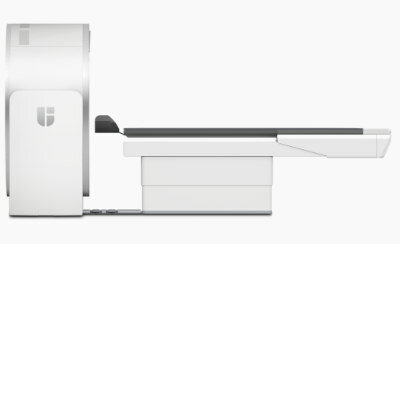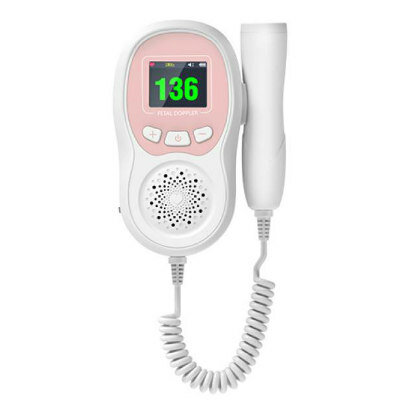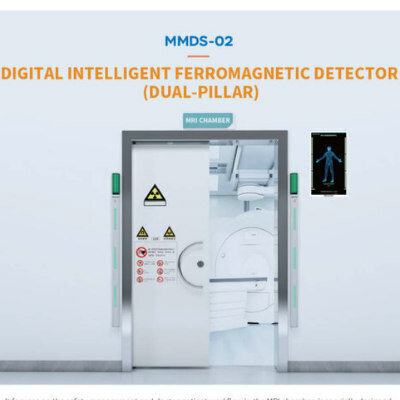Initial Results from Elderly Patients’ Fall-Risk Prevention Study Published
By MedImaging International staff writers
Posted on 22 Dec 2015
Findings from a new study correlate the risk of falls by elderly patients with postural balance quantified using 2D and 3D full-body, stereo-radiographic scans of the patients in functional positions.Posted on 22 Dec 2015
The 2D/3D orthopedic medical imaging company presented the first clinical results of the preliminary study, at the French Rheumatology Congress that took place in mid-December 2015, in Paris (France). The aim of the study was to determine the correlation between various sagittal balance measurements, and the risk of falls in elderly patients.
EOS Imaging (Paris, France) announced the findings. In 2013, the US Center for Disease Control and Prevention reported that direct medical costs for falls in the US were USD 34 billion, making them one of the 20 most expensive medical conditions.
The study was held at the Cochin Hospital (Paris, France) in a collaborative program with EOS imaging, and included 122 patients at high risk of falling. The patients underwent an exam using EOS scanning systems. Clinical parameters for postural alignment were measured. The results showed that specific parameters were significantly associated with the risk of falling. Clinical examinations, risk of bone fractures, were then assessed using measurements of bone mineral density. The study showed that 2D/3D orthopedic imaging could, for the first time, be used in prevention and screening in aging-related diseases, by analyzing sagittal balance, and overall posture.
The EOS platform provides 2D and 3D full-body, stereo-radiographic imaging, in functional positions, with a 50% to 85% lower radiation dose than Digital Radiology (DR) scans, and 95% less radiation than a standard Computed Tomography (CT) scans.
Prof. Christian Roux, Director, Center for the Evaluation of Bone Diseases, Cochin Hospital (Paris, France), said, "The prevention of fall and fracture risk in the elderly is a public health priority and screening at-risk patients must be simple and reliable. The preliminary results obtained by the analysis of sagittal balance with EOS are extremely encouraging, especially in light of this need."
Related Links:
EOS Imaging













